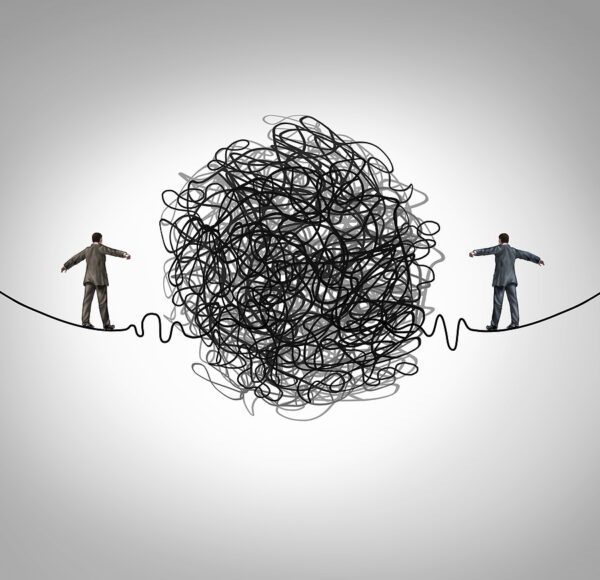Managers with high levels of responsibility and onerous workloads are at an-risk group when it comes to exhibiting higher levels of presenteeism. And the stakes are sometimes higher for the mistakes they might make when making decisions under stress.
By Kate Kearins.
There is being a pain at work and being in pain at work. There’s a difference, right? However, sometimes the two conflate.
Long-term physical pain probably does not bring out the best in any of us. Nor does bringing germs to work and risking spreading them round.
Both problems may be masked by presenteeism – employees being physically present at work but, because of illness or other medical conditions, not fully functioning. It likely occurs more often in tougher economic times.
Stumping up, looking like we’re coping when we’re not has been found to have an adverse effect on individual productivity. Staying on at work later and longer than we are able to work safely and well is another manifestation. Presenteeism has been found to be a more costly problem than absenteeism.
When an employee is absent you know what you are dealing with. You can sometimes have someone sub in. And as a manager you can often prioritise someone doing at least the most pressing tasks.
With illness at work both quantity and quality of work is affected. People tend to work more slowly and may have to repeat tasks. They may make more or more serious errors when their mind isn’t on the job.
The annual flu inoculation funded by some employers stands as evidence of a perceived return on investment from getting more people to work without their being sick. Indeed, many earlier studies have shown the cost is outweighed by savings through reduced absenteeism and presenteeism.
Researchers have long studied absenteeism. Presenteeism is a more recent focus. Interestingly, the two often go hand-in-hand. In industries where absenteeism is high, there is often greater evidence of presenteeism.
Worryingly, presenteeism has been found in higher risk occupations where there is more physical workload and stress – and where people feel that no-one else can do their job if they are not there. Ever had that feeling you’ll come into work because if you don’t the work will just pile up anyway?
Managers with high levels of responsibility and onerous workloads are at an-risk group when it comes to exhibiting higher levels of presenteeism. And the stakes are sometimes higher for the mistakes we might make when making decisions under stress.
Where does all this take us? Back under the blankets, blinds drawn and not coming into the office when we feel a bit under the weather? If we are typical of most managers surveyed, probably not. Faced with low grade problems we will probably still do the mental calculation of whether it will be worse for us – and our employer – tomorrow if we don’t turn up at work today – and risk the productivity impairment.
Research shows, though, that some low grade illnesses that employees bring to work – such as chronic pain, gastrointestinal problems, migraines, anxiety and depression – can grow steadily worse if not attended to. And the later stage treatment is more invasive in terms of down-time.
For the organisation and for the individual, pain at work is not a winning formula. Recognising it and allowing ourselves and our employees to take time out when ill or seriously impaired is the obvious solution. Awareness of presenteeism is in order to avoid its more insidious effects.
Kate Kearins is professor of management, and deputy dean at Auckland University of Technology’s Faculty of Business, Economics and Law.











